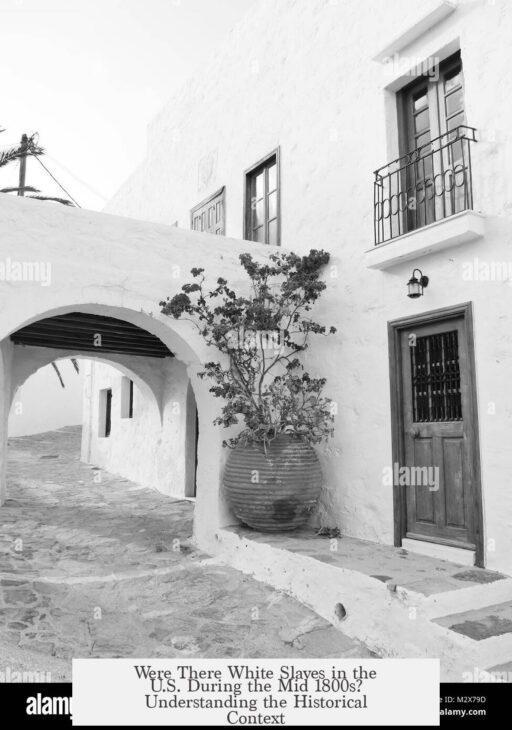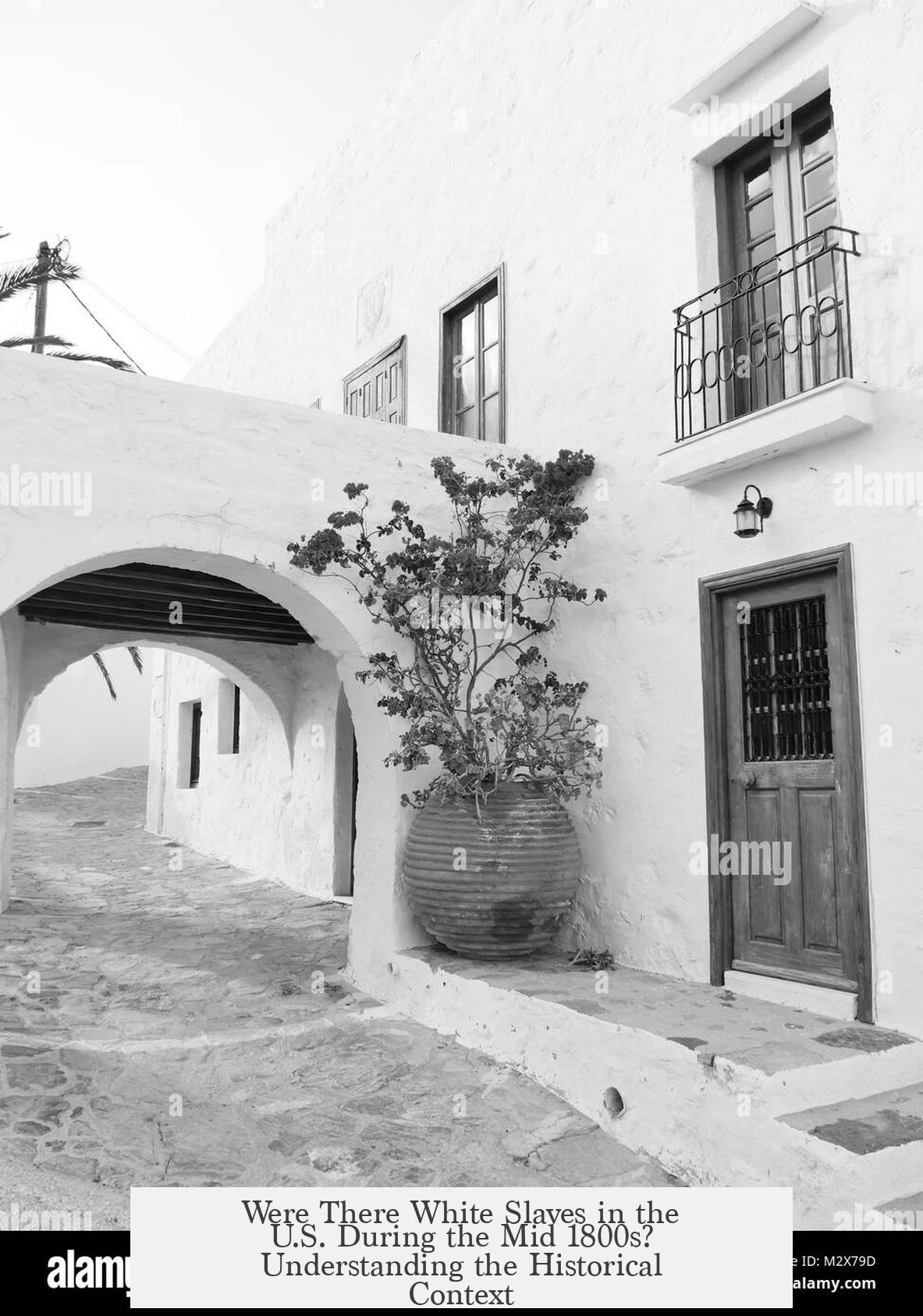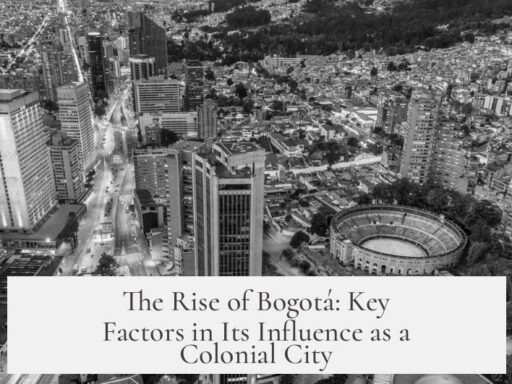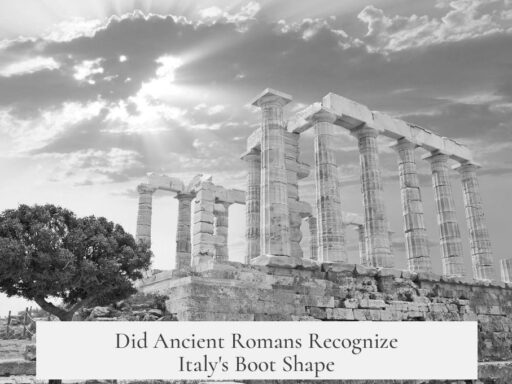There were no legal white slaves in the United States during the mid-1800s. Slavery in the US was a racial institution that legally applied only to African Americans and those of African descent. Whites could not be owned as chattel slaves due to legal classifications and social constructs that linked slavery directly to race and maternal lineage. However, some individuals who appeared white, mainly mixed-race descendants of white slave owners and enslaved black women, lived in slavery.
In the US legal system, “whiteness” was not solely about skin color but a legally defined status determined by community recognition or ancestry. This construct strictly prevented white people from being enslaved. Laws codified the racial basis of slavery, such as the doctrine partus sequitur ventrem, meaning a child’s legal status followed the condition of the mother. If the mother was enslaved, so was the child, regardless of the father’s race.
Due to this principle, children born to enslaved women and white male owners were slaves, even if their appearance was primarily white. Mixed-race slaves were often treated differently—sometimes more harshly or exploited for sexual purposes, with mixed-race women subjected to severe abuse. Northern abolitionists used images of these white-appearing slaves to illustrate the cruelty of slavery, claiming slaveholders degraded their own offspring for profit.
| Aspect | Details |
|---|---|
| Legal Status of Whites | Whites could not be legally enslaved; racial identity strictly separated from slavery. |
| Mixed-Race Slaves | Subject to slavery due to maternal status, sometimes resembling whites. |
| Indentured Servitude | Distinct from slavery; time-limited, legal rights, mostly applied to poor whites. |
| Laws on Slavery | Included prohibitions on interracial marriage and harsh punishments for slaves resisting masters. |
Indentured servitude often causes confusion. Poor white Europeans worked as indentured servants in early American colonies under contracts for a set number of years. Unlike slaves, indentured servants had legal protections and eventually gained freedom. This system ended well before the mid-1800s, and was never equivalent to the racial chattel slavery that targeted African descent individuals.
Throughout the antebellum South, poor whites endured harsh living conditions often described as a “second degree of slavery.” Although they faced economic exploitation, illiteracy, unemployment, and social oppression, they were not slaves. Their hardship came from systemic poverty and marginalization enforced by the slaveholding class, which used various methods to keep poor whites subjugated without enslaving them legally.
Poor whites’ lives were marked by:
- Landlessness and joblessness.
- Economic exploitation and repression.
- Social segregation from both wealthy whites and enslaved blacks.
- Limited legal rights and frequent exposure to violence or harassment.
Slaveholders deliberately maintained strict racial boundaries, criminalizing interracial marriage to prevent blurring of social castes. This legal and social system preserved slavery as a uniquely racial institution. The interactions between poor whites and enslaved blacks were complex but carefully managed by ruling whites.
Claims that whites were enslaved in similar ways in US territories or colonies such as Jamaica lack credible evidence. For example, scholarly reviews show no proof that Scottish prisoners were enslaved in the Caribbean similarly to blacks. Military prisoners or transported laborers sometimes faced harsh conditions, but not legalized chattel slavery.
The institutional difference between black slavery and poor white oppression is crucial. Slavery was a legal, lifelong, heritable condition with no rights, primarily based on race. Poor whites suffered exploitation but retained legal personhood and could eventually escape hardship.
Historical records and laws confirm slavery’s racial character. The 1662 Virginia law that a child’s status follows the mother’s, the 1667 ruling removing baptism as a path to freedom, and punishments protecting slaveowners from felony charges in case of slave deaths, all codified this system.
Anti-slavery activists highlighted mixed-race slaves to express the cruelty of slavery but did not assert that whites were enslaved. Research confirms that white poor individuals were oppressed but never enslaved under United States law in the 1800s.
Key points to remember:
- No white person was legally enslaved in the US during the mid-1800s.
- Slavery was racially defined; status passed through the mother’s condition.
- Mixed-race slaves sometimes had white appearance but were enslaved through maternal lineage.
- Indentured servitude was common among poor whites but was not chattel slavery.
- Poor whites lived in harsh conditions but were not considered slaves.
- Laws criminalized interracial marriage and strictly maintained racial slavery boundaries.
- Claims of white slavery analogous to African slavery lack historical evidence.




